A koi pond adds beauty and serenity to any outdoor space, but keeping it clean can feel like a challenge—especially if you want to avoid chemicals. Fortunately, nature provides everything needed to maintain a healthy, clear pond without harsh treatments. By creating a balanced ecosystem and following a few simple practices, you can keep your koi pond clean naturally.
Encourage Beneficial Bacteria
One of the best ways to maintain clear water is by supporting beneficial bacteria. These microorganisms break down fish waste, excess food, and decaying plants, preventing harmful ammonia and nitrite buildup.
You can boost bacteria levels by using a biological filter, adding natural bacteria supplements, and ensuring proper water movement. A well-balanced pond with thriving bacteria stays cleaner with minimal effort.
Use Aquatic Plants as Natural Filters
Plants play a crucial role in pond health. Floating plants like water hyacinths and lilies provide shade, reducing algae growth. Submerged plants such as anacharis and hornwort absorb excess nutrients, keeping the water balanced.
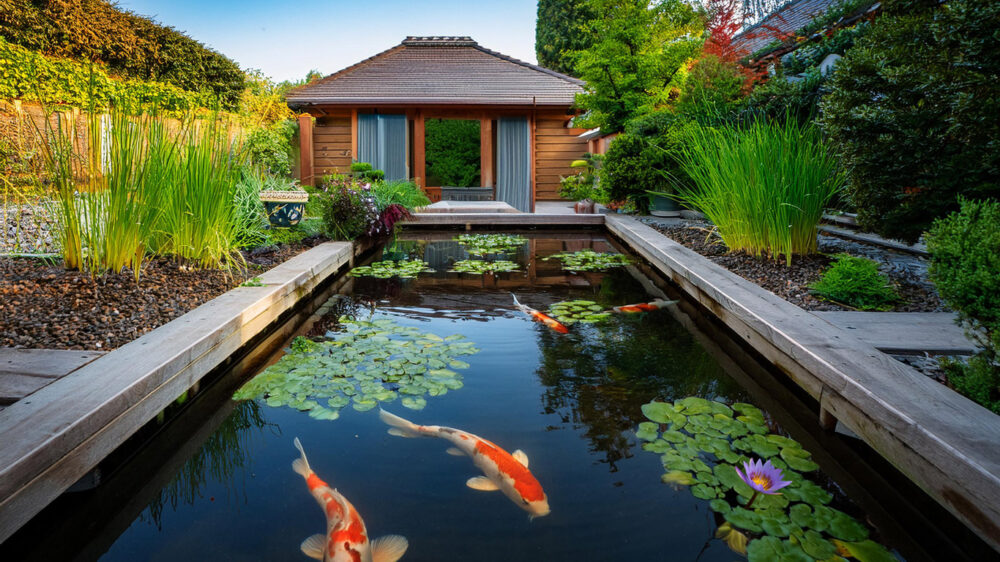
Marginal plants around the pond’s edge also act as natural filters, removing toxins and improving water quality. A variety of plants creates a self-sustaining system that benefits both the water and your koi.
Control Algae Growth Naturally
Algae are a common issue in koi ponds, but excessive growth can turn the water green and deprive fish of oxygen. Instead of relying on chemical treatments, prevent algae naturally by limiting direct sunlight, maintaining a balanced fish population, and using barley straw.
As barley straw breaks down, it releases compounds that naturally inhibit algae growth. A well-placed fountain or waterfall also helps by circulating oxygen and reducing stagnant water where algae thrive.
Maintain a Healthy Fish Population
Overcrowding leads to excess waste, which can quickly pollute the water. A good rule of thumb is to have at least 250 gallons of water per koi to prevent poor water quality.
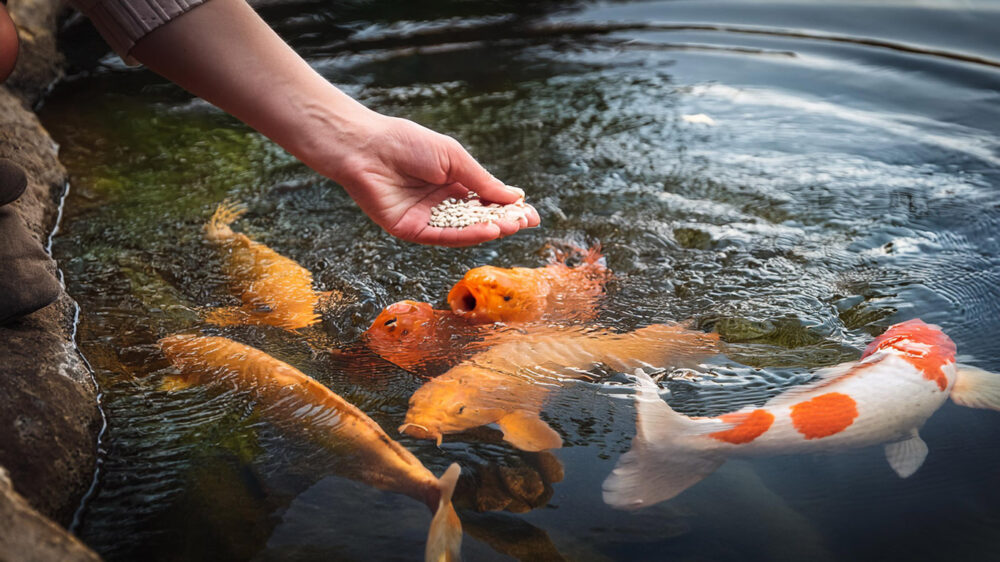
Avoid overfeeding, as uneaten food sinks to the bottom and contributes to sludge buildup. Feeding koi only what they can consume in five minutes helps maintain cleaner water and healthier fish.
Regularly Remove Debris
Leaves, twigs, and other organic matter decompose in the pond, creating a breeding ground for harmful bacteria. Skimming the surface regularly and using a pond vacuum to clean the bottom prevents debris from accumulating.
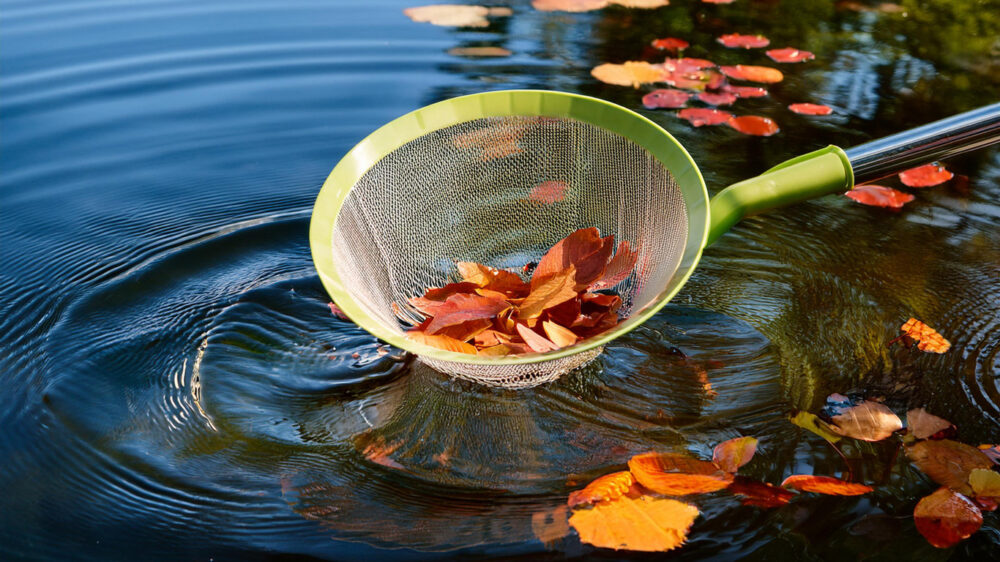
If possible, install a skimmer or bottom drain to help remove waste before it becomes a problem. Keeping the pond clear of debris reduces maintenance and ensures a healthier environment for your koi.
Improve Water Circulation and Aeration
Stagnant water can lead to murky conditions and low oxygen levels. A waterfall, fountain, or aerator keeps water moving and well-oxygenated, benefiting both fish and beneficial bacteria.
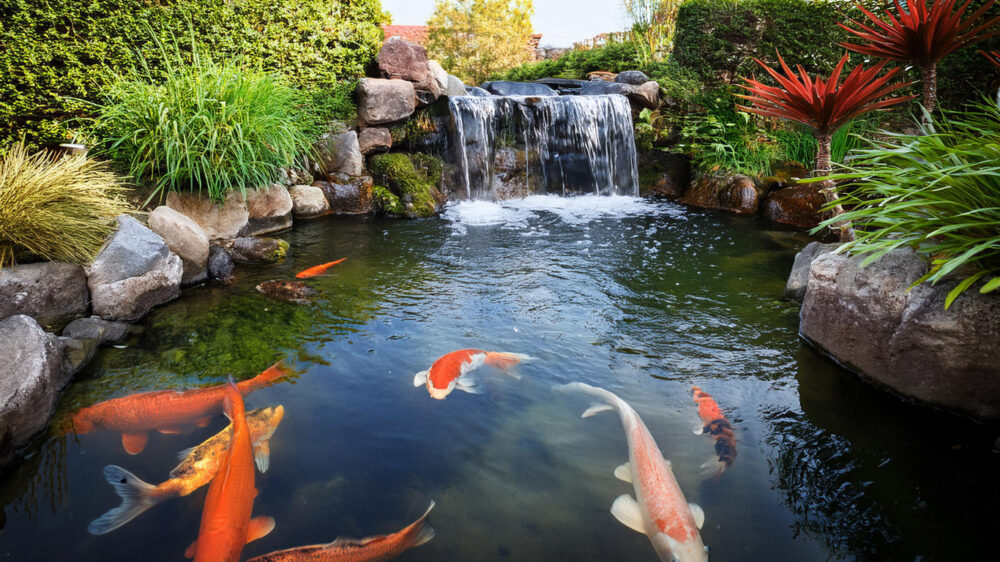
Proper circulation also helps prevent the buildup of harmful gases and keeps the pond’s ecosystem in balance. A well-aerated pond not only looks better but also provides a healthier habitat for koi.
Perform Partial Water Changes
Even with a natural filtration system, regular partial water changes help maintain water clarity. Replacing 10–20% of the pond’s water every two weeks removes toxins and replenishes essential minerals.
If using tap water, always de-chlorinate it before adding it to the pond to avoid harming your fish and beneficial bacteria. Clean water leads to happier, more active koi.
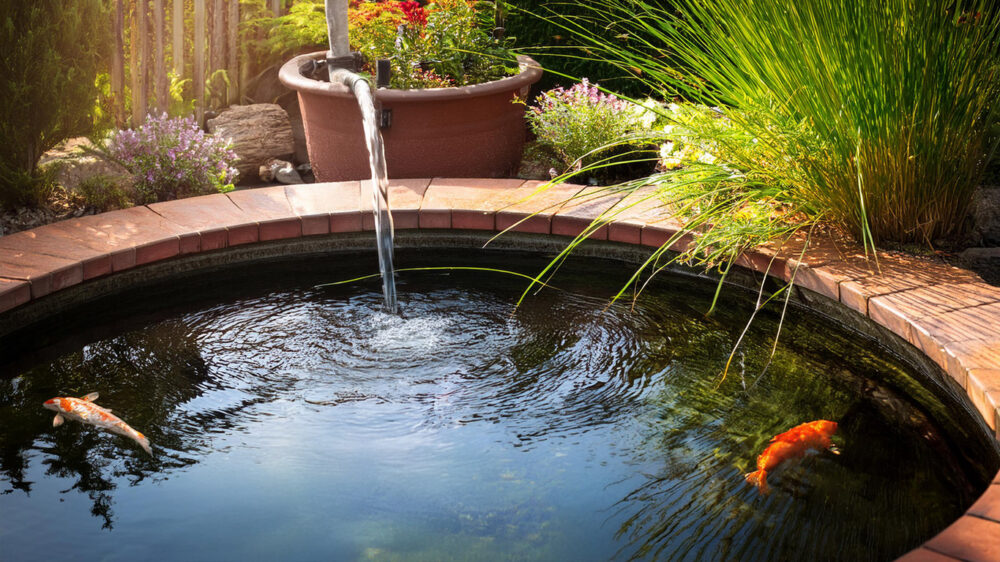
Keeping a koi pond clean naturally is all about working with nature instead of against it. By encouraging beneficial bacteria, using aquatic plants, controlling algae, and maintaining proper circulation, you can create a self-sustaining ecosystem.
A little routine maintenance goes a long way, ensuring your koi thrive in a clear, healthy, and beautiful pond year-round.
Leave a Reply